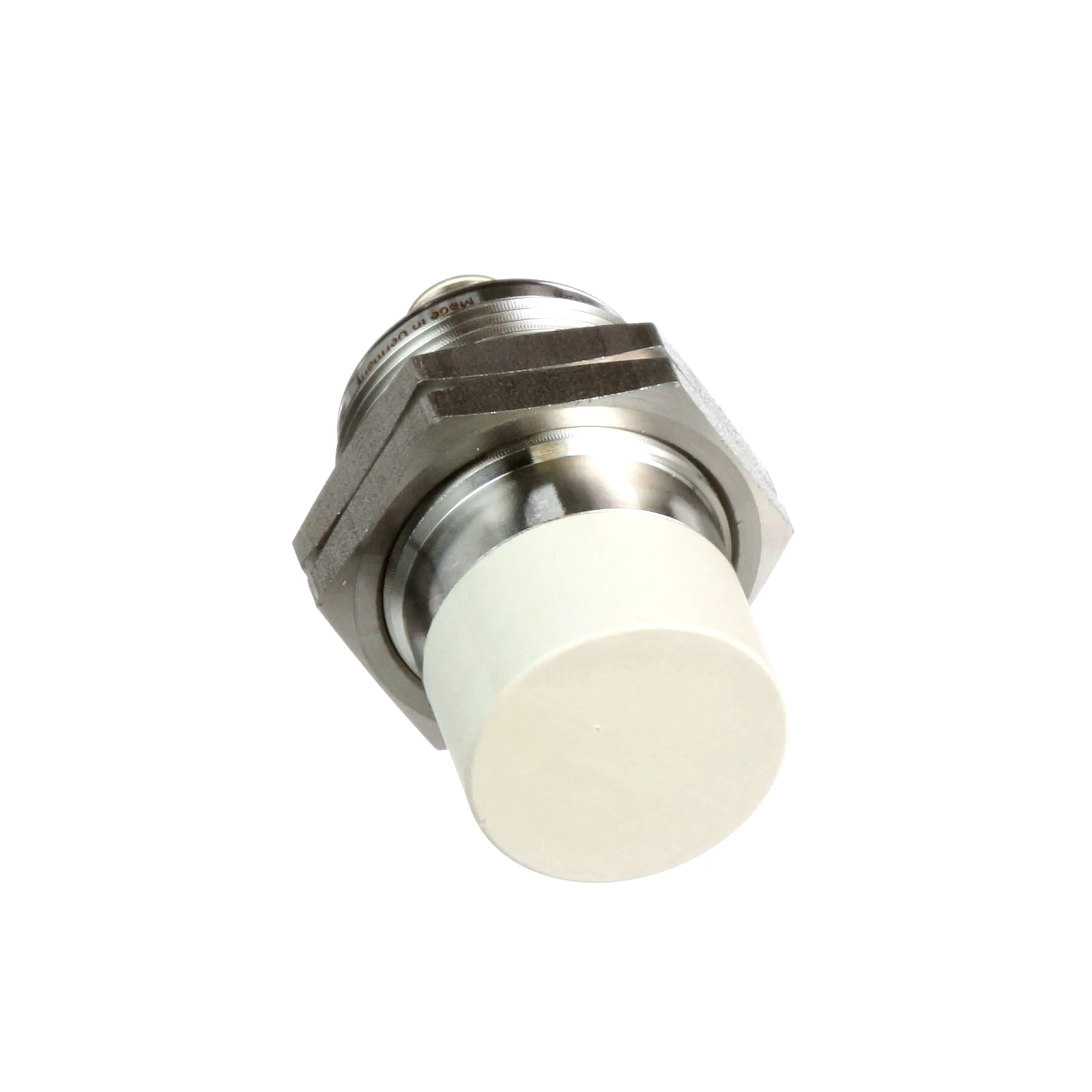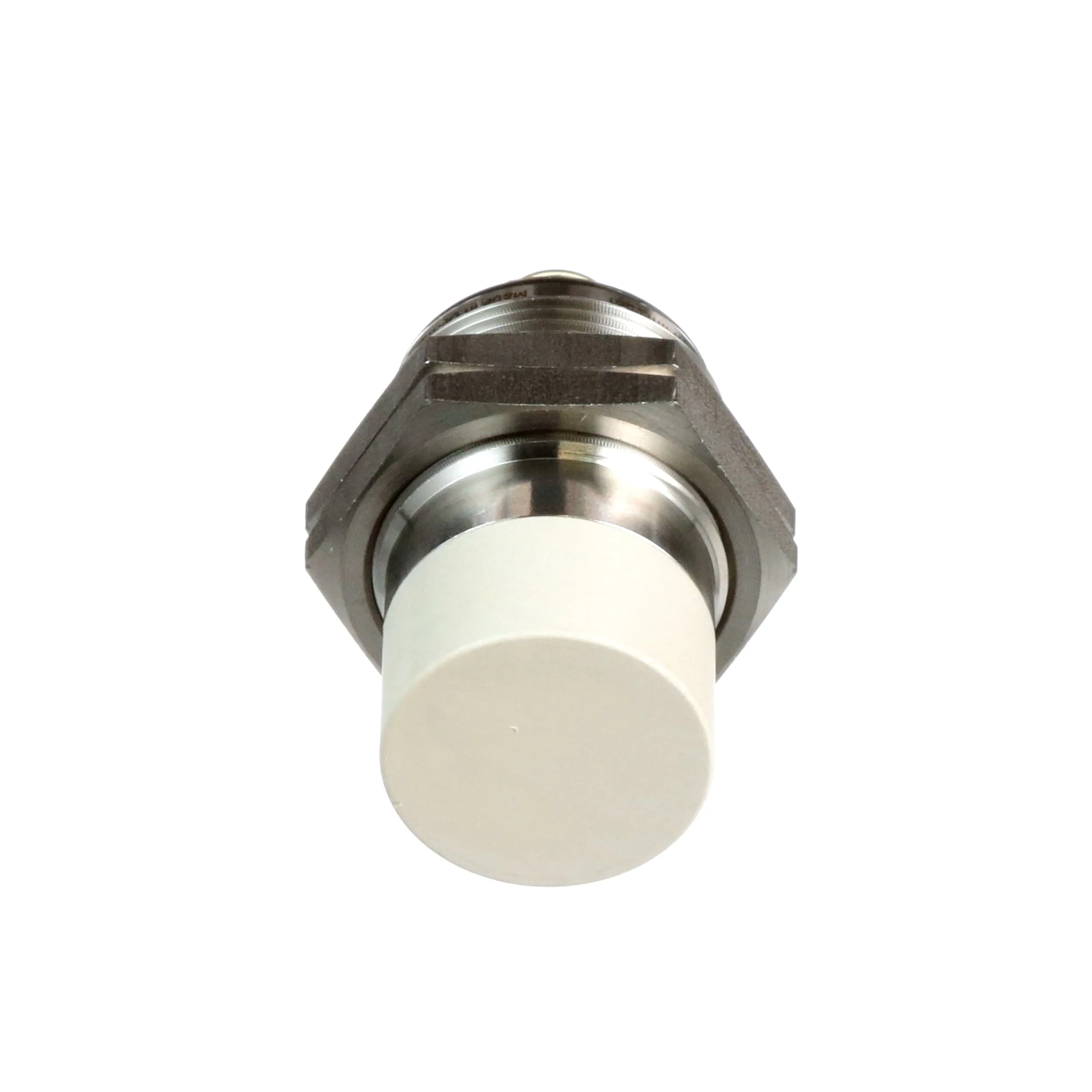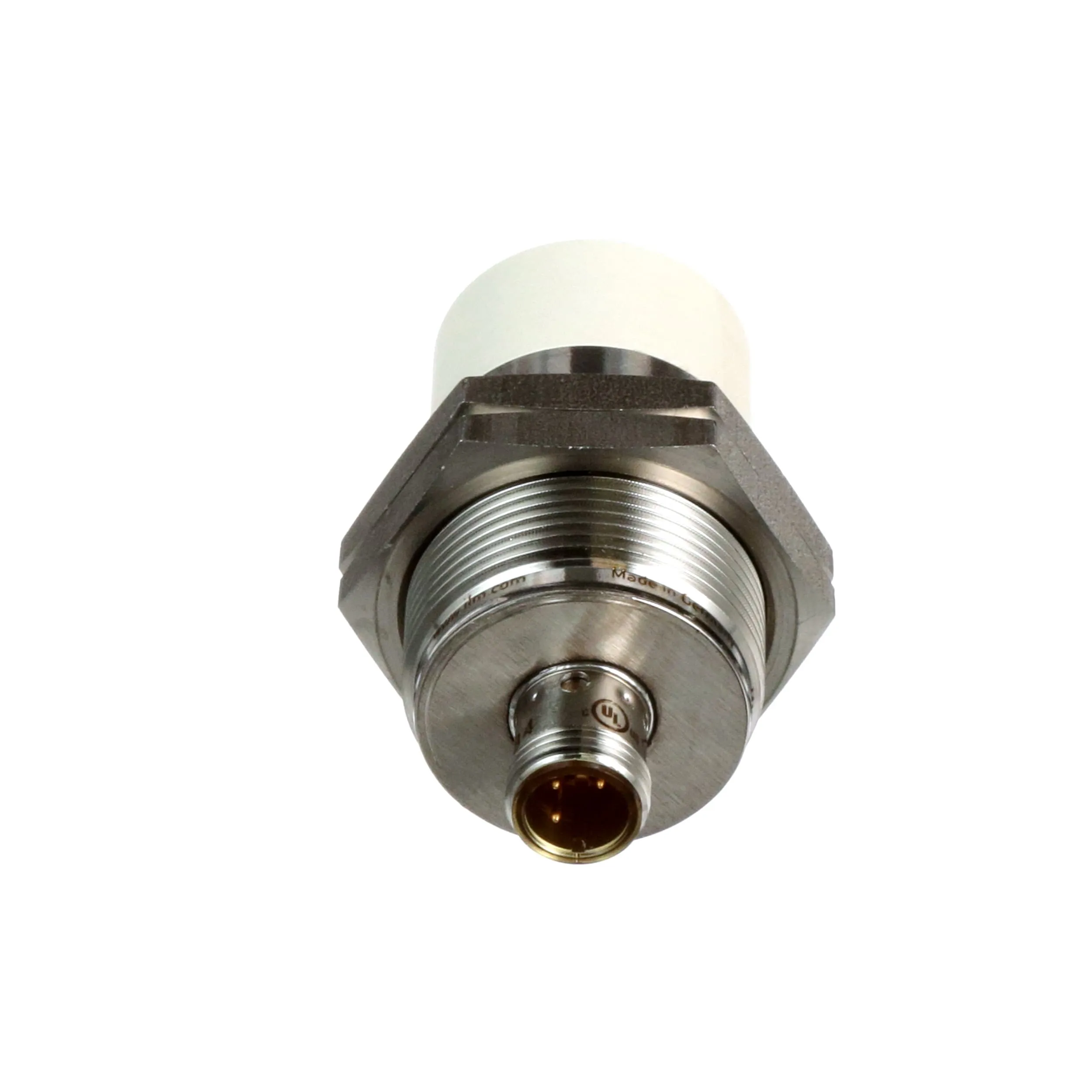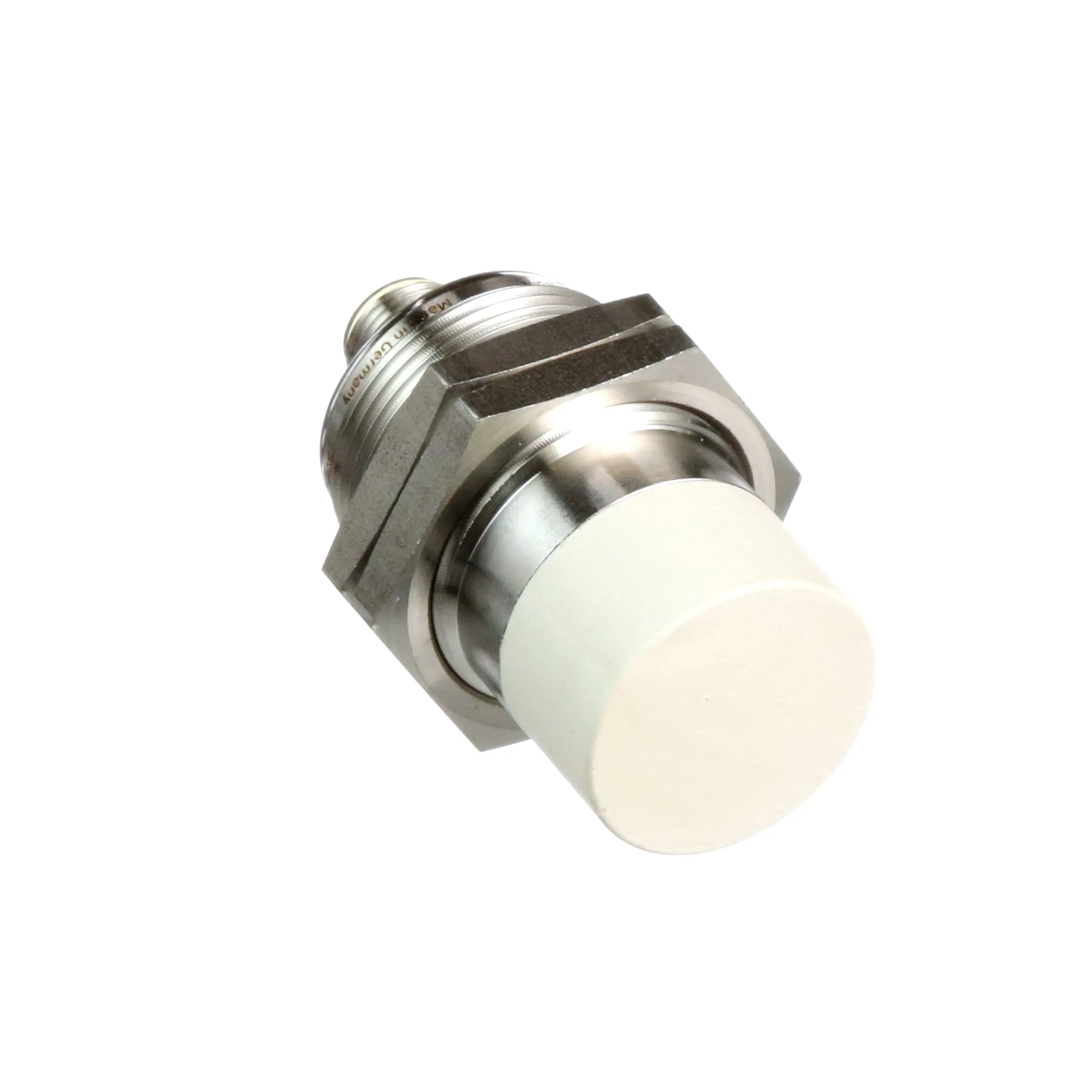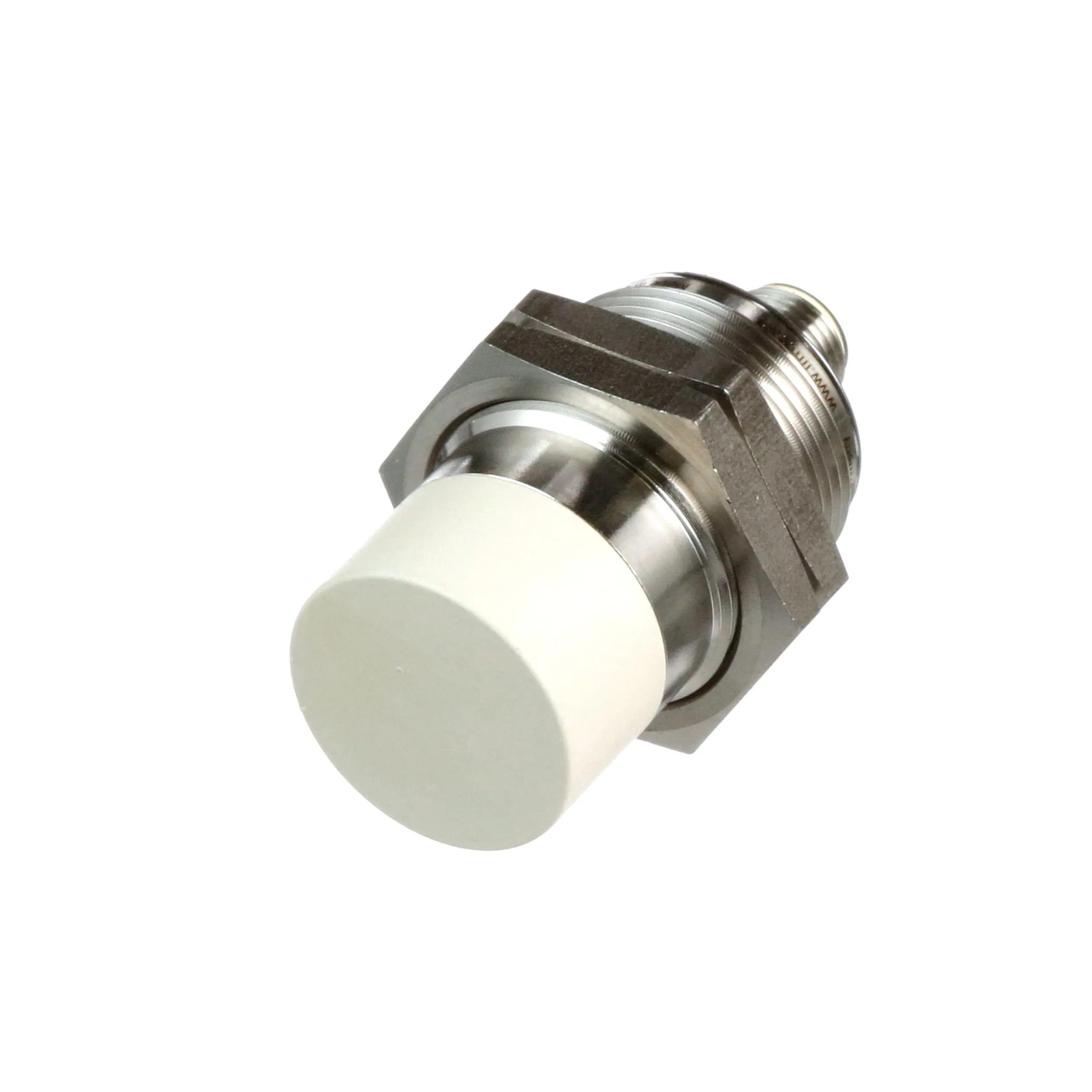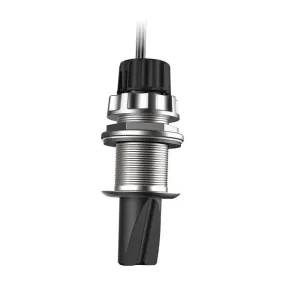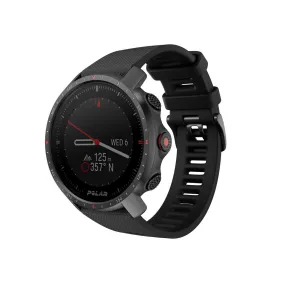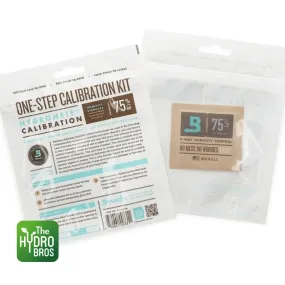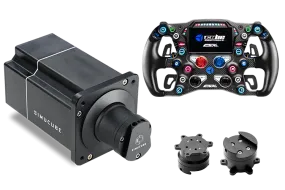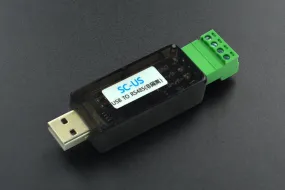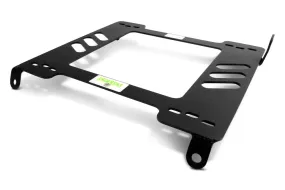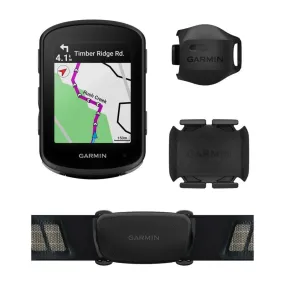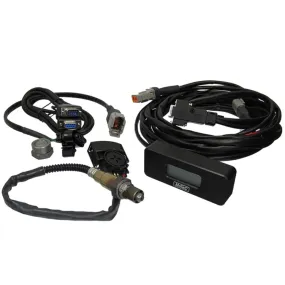| Product Attribute | Attribute Value |
|---|---|
| Connection Type | M12 |
| Connector Type | M12 |
| Current Rating | 100 mA |
| Frequency, Switching | 2 kHz |
| IP Rating | IP65 ; IP66 ; IP67 ; IP68 ; IP69K |
| Length, Housing | 60 mm |
| Material | Stainless Steel |
| Measurement Range | 30 mm |
| Mounting Style | Non-Flush |
| Mounting Type | Non-Flush |
| Operating Voltage Range | 10-30 VDC |
| Output | PNP-NO |
| Primary Type | Inductive Proximity Sensors |
| Protection Class | Protection Class II |
| Sensing Range | 30 mm |
| Shielding | Unshielded |
| Supply Voltage | 10-30 VDC |
| Temperature, Ambient | -32 to 185 F (0 to 85 C) |
| Type | IIS284 |
Overview
In all automated processes, sensors are necessary to provide the PLC with information. They supply the necessary signals for positions and limits, or serve as pulse pick-ups for counting tasks or for monitoring rotational speed. They offer ideal characteristics compared to mechanical switches: non-contact operation free from any wear and tear, high switching frequencies and accuracy. In addition, they are insensitive to vibration, dust and moisture. Inductive sensors detect all metals without contact.
Standard technology proximity sensors have a correction factor for sensing range depending on the target material. For example, the range for an aluminum target compared to mild steel target is reduced by 60%. Ifm’s sensors with K=1 technology have a correction factor of one for all metals. Therefore, these sensors have an equal range for aluminum and steel targets.
No matter whether steel, aluminum, copper or other non-ferrous metals: The "K=1" sensors have the same sensing range on all metals, i.e. the correction factor is constantly 1. The increased sensing range is ensured across the whole temperature range, giving better protection against failure due to mechanical damage. As compared to standard sensors of this type the switching frequency of 2000 Hz means a more-than-average rate.
ifm sensors have been designed for a service life of many years. This is also reflected by the details. For example the captive laser type label means the units can still be clearly identified after years of use.
Features:




